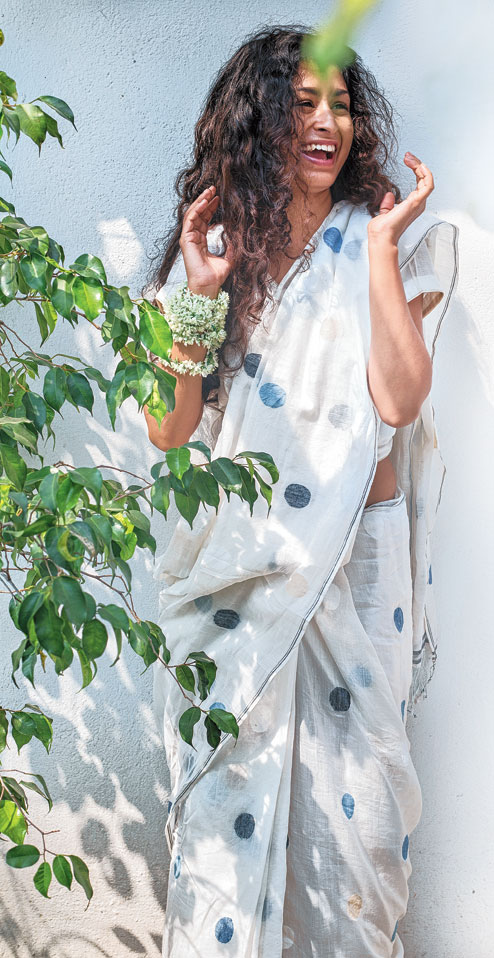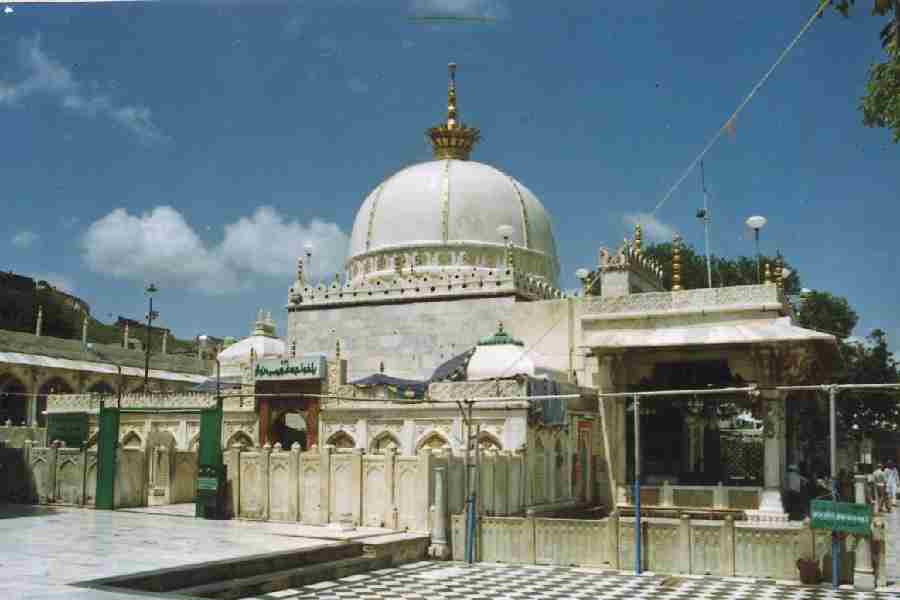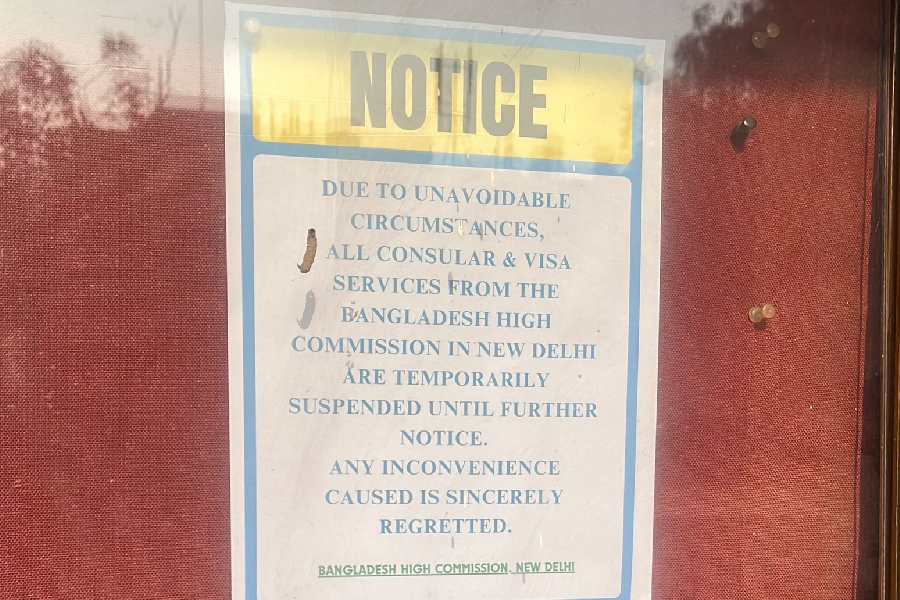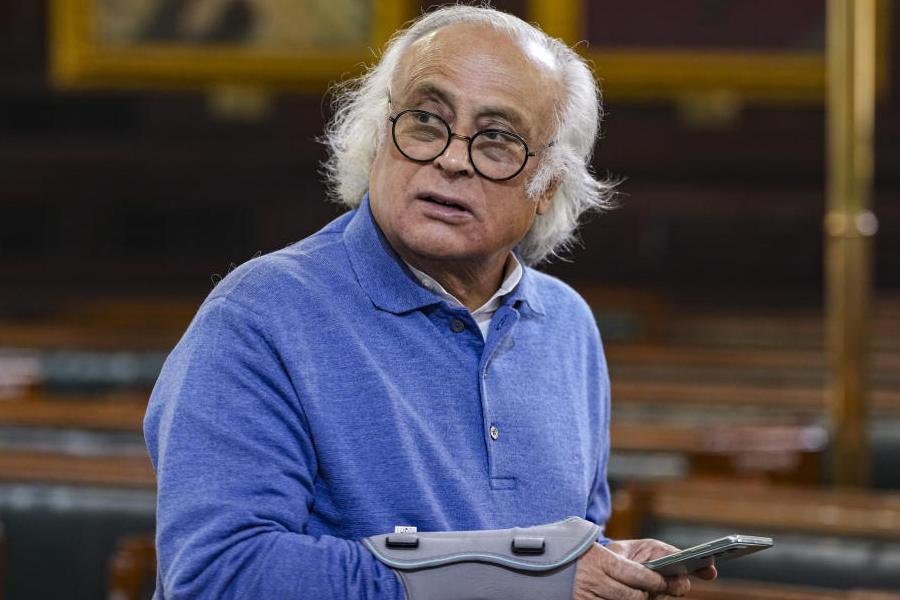





Pattern inspired by lungi checks.

Too much is on offer. But too many options don’t do any good; they breed intolerance and more consumption. They damage the connection that the heart has with its object of desire. In these times of climate change and global warming, especially, we can hardly afford such things.
The idea is to change the pattern of consumption. One way out is to “narrow the choices”. It is a radical choice in itself, especially for a 25-year-old starting a clothing line, but Santanu Das did just that five years ago.
Still a student of the textiles department at the National Institute of Design, Ahmedabad, Das had zeroed in on one colour: indigo. But the dye was more a concept than a colour. It can even be called his philosophy.
His label, Maku (a Bengali word meaning the shuttle that is used in a handloom), would only feature indigo-dyed textiles, but the textiles, too, would tell a story.
Today, Maku, which is based in a studio in Bondel Road, Calcutta — Das is from the city — is a brand appreciated nationally and abroad. In Calcutta, the label is sold from Das’s studio, but in other cities in the country it is available in leading stores. Next month, it is going to make its third appearance at the Lakme India Fashion Week.
Maku has found many admirers in Japan.
“One colour would send a strong message,” says Das, sitting at his studio. “And fashion is something so intimate. It would be a direct connect with the consumer.”
But good design, like a good pen, should be invisible. This is borne out by both the structure of his clothes — simple, even featureless at times, but with great cuts and a fine finish — and by the textiles, which he gets made by traditional taant weavers from Bengal.
“No designs are given to the weavers,” he says. He believes that export of taant from the Nineties, for which designs were imposed on the weavers, had proved damaging.
So he coaxes out the old, traditional designs, of textiles, of motifs, from the weavers in Burdwan and Murshidabad, by giving them a free hand, and time. They work on their memory of jamdani and brocades, which have a long history,










